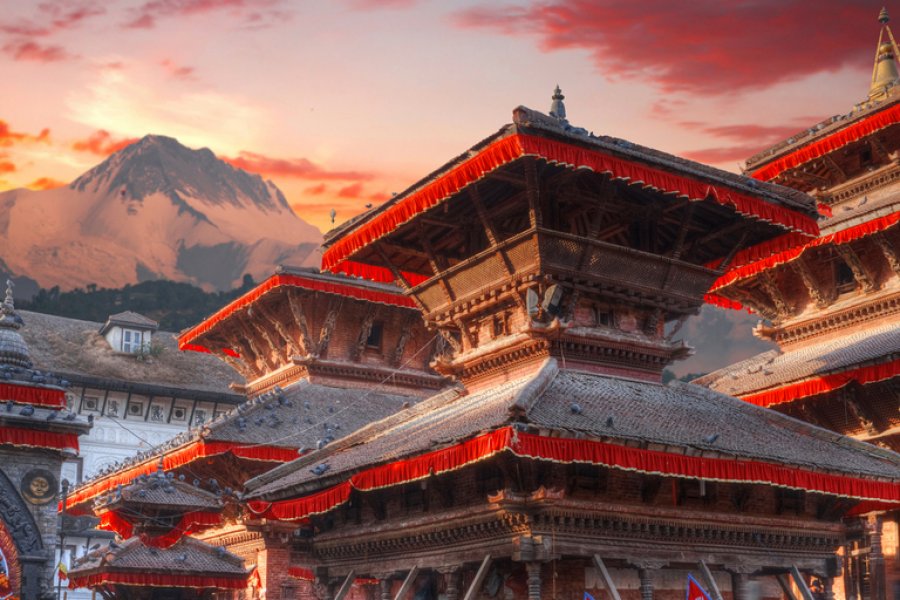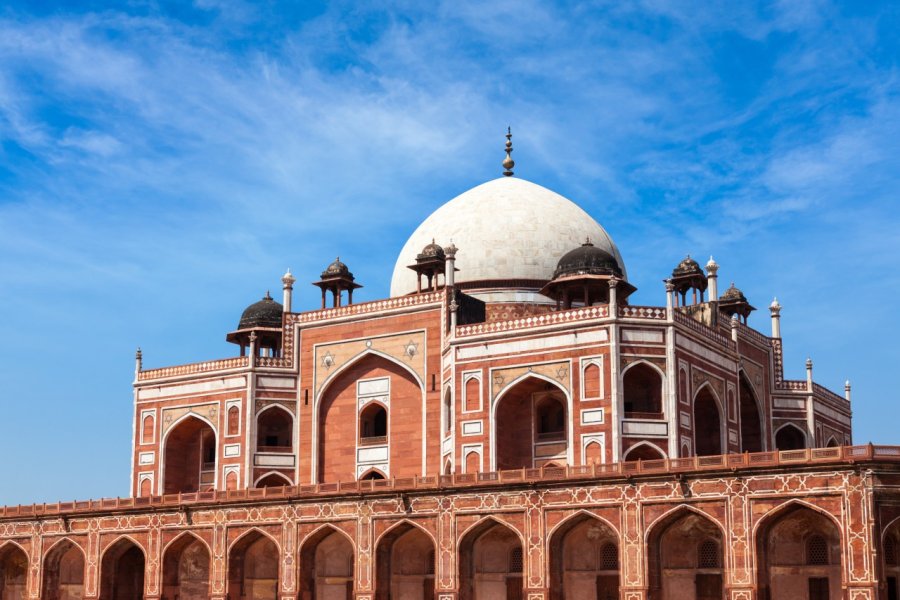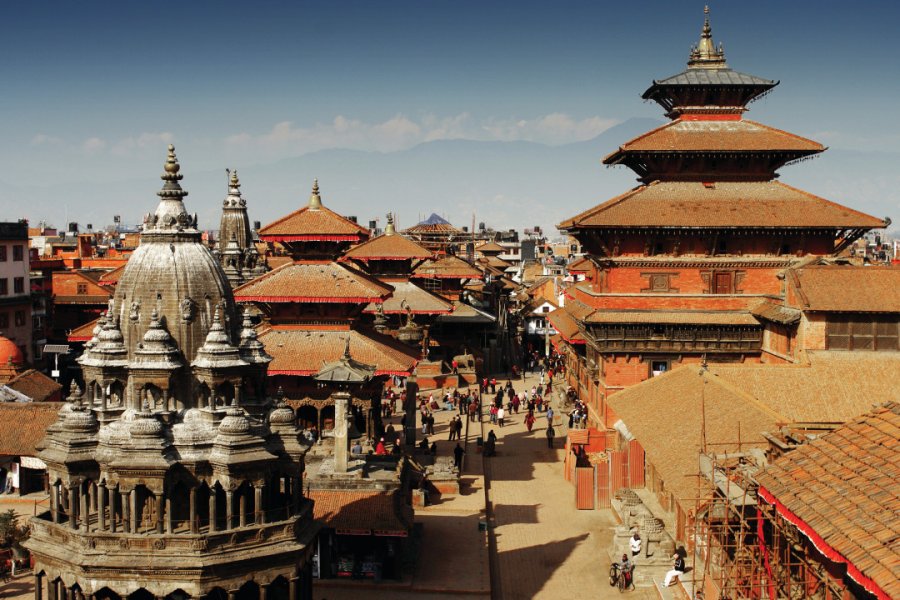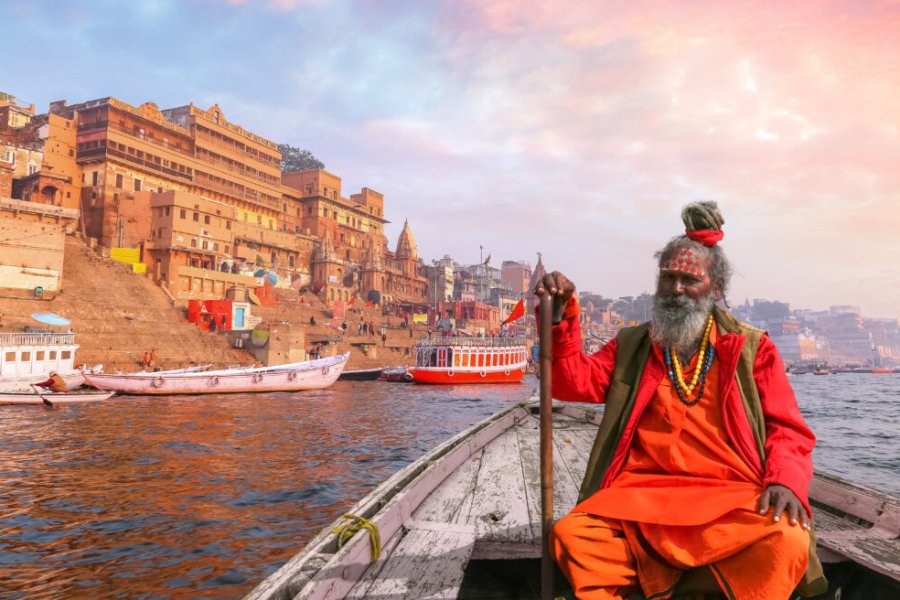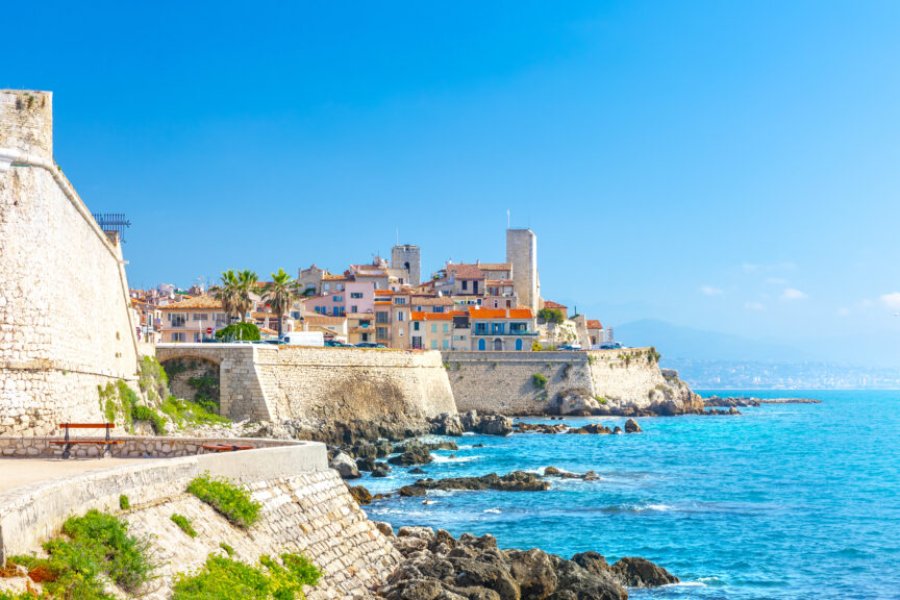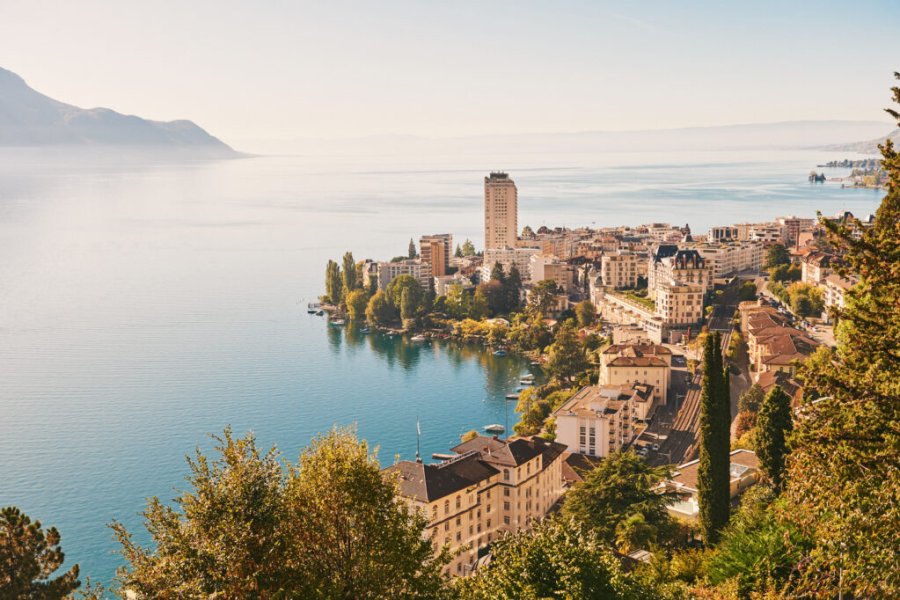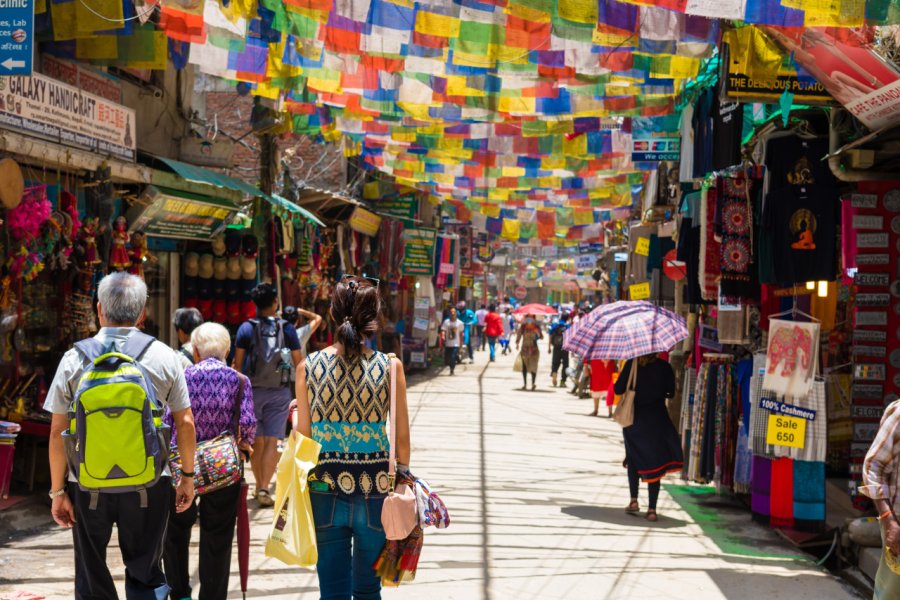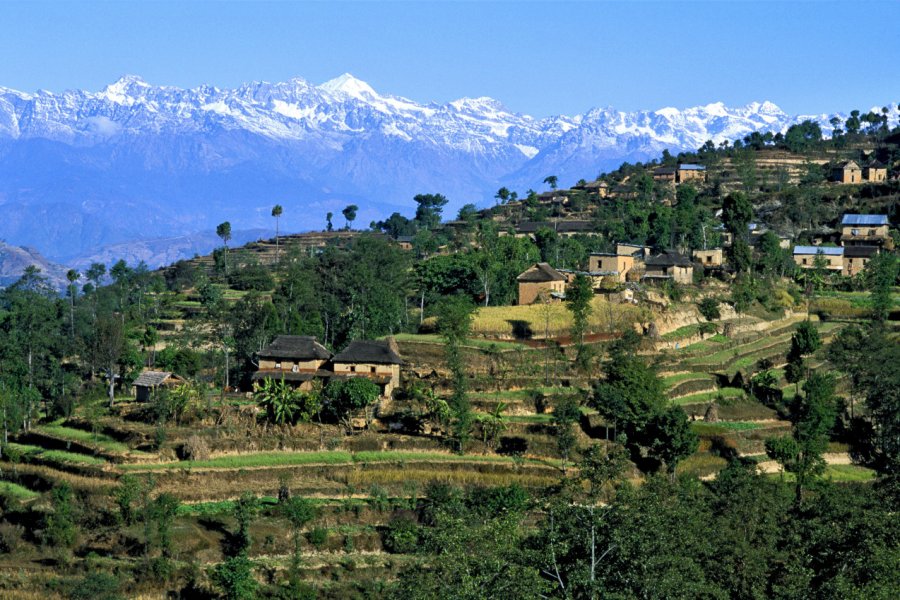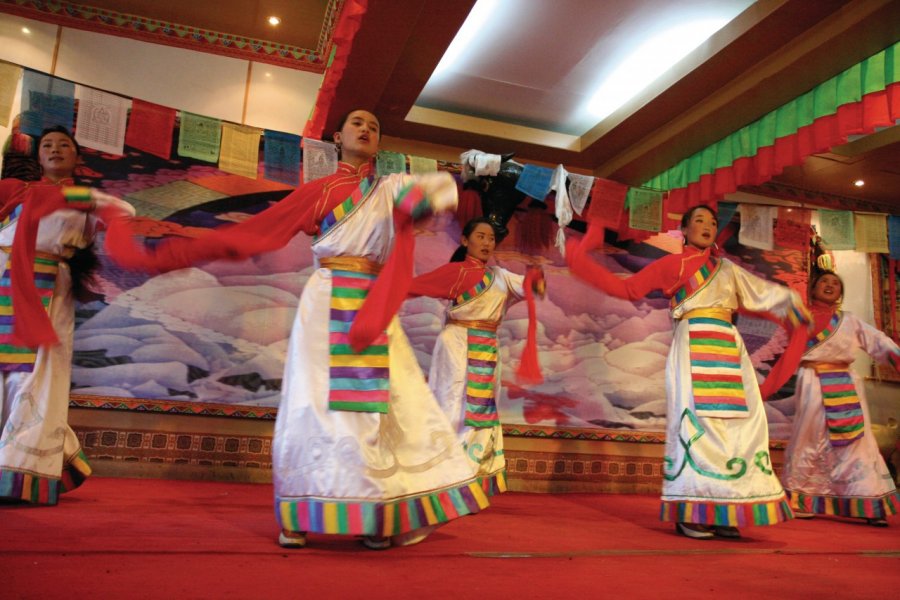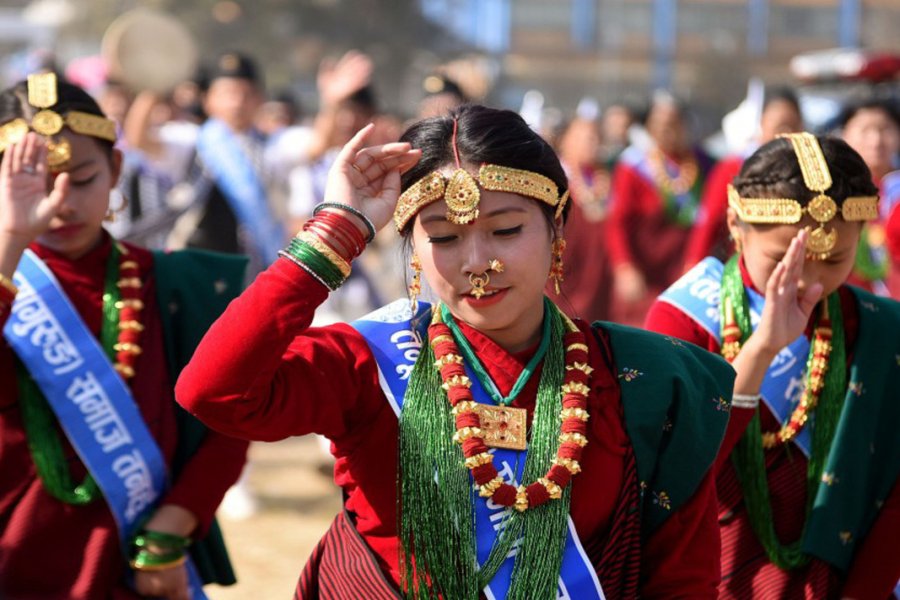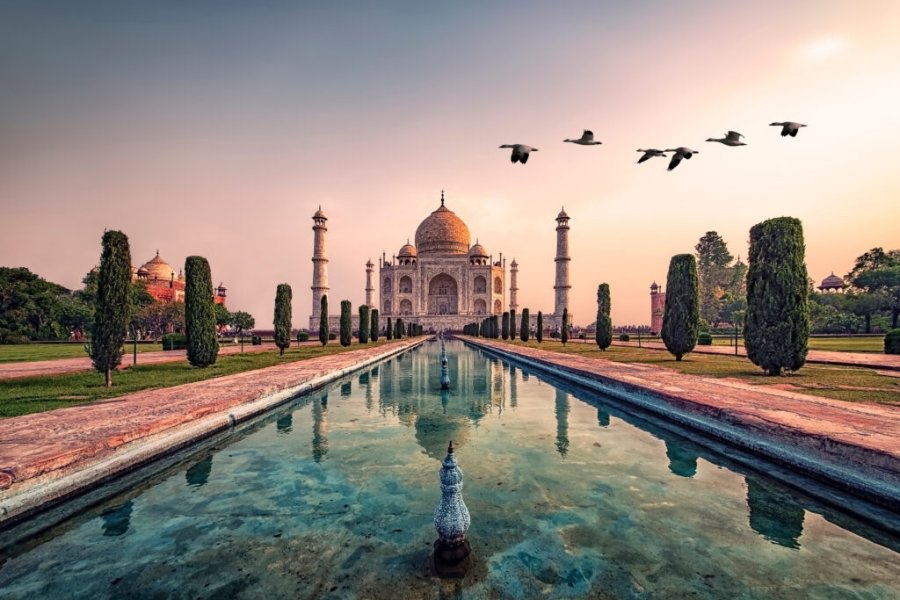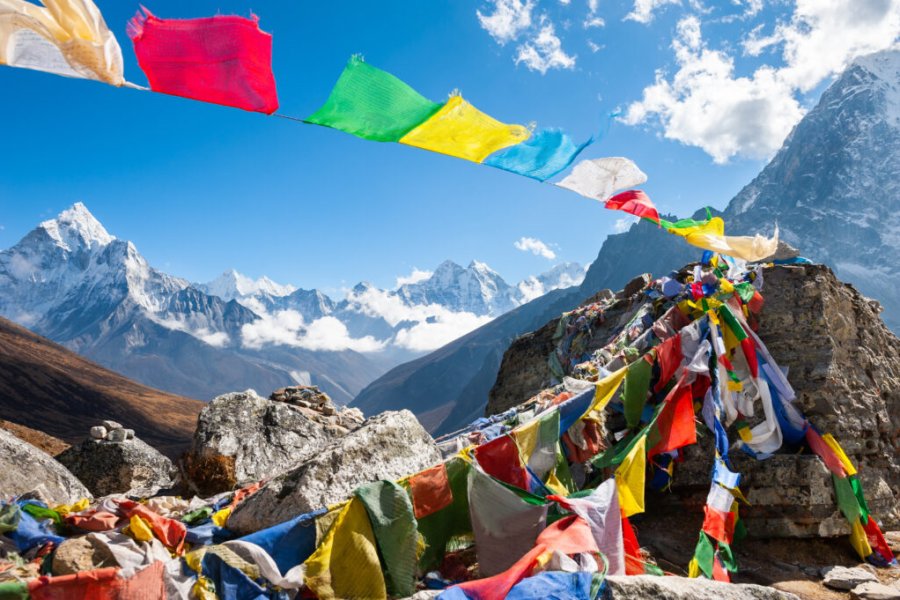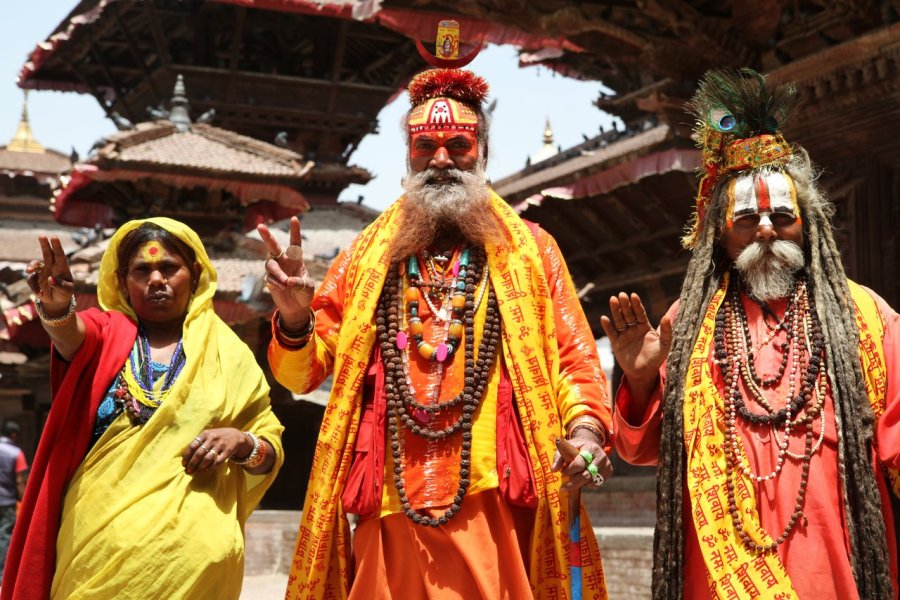Travel Guide Himalaya
For the Nepalese it is the "home of the snows". The Himalayas are undoubtedly one of the jewels of the world. Separating the Tibetan plateau from the Indian subcontinent, it is the most imposing mountain range in the world. The Himalayan ranges are 2,400 m long and 250 to 400 km wide and culminate at 8,848 m altitude (Everest). Erected between the Indus and Brahmaputra valleys, the Himalayas begin in the west of Pakistan and end in the east in Tibet (China), passing through India (Nepal) and Bhutan. Involving 5 countries, these are 5 potential gateways: Islamabad (Pakistan), New Delhi (India), Kathmandu (Nepal), Paro (Bhutan), Lhasa (China). Here, the forests climb up to 3,900 m and the eternal snows go down to 5,000 m. It is a magnificent and fascinating universe, a trekking paradise, which attracts mountaineers who confront the Annapurna and other mythical peaks. Other tourist attractions are not lacking in this destination. To the mountaineers are added lovers of preserved peoples, ecotourists or travelers in search of spirituality. From a stay in a Tibetan Buddhist monastery to an attempt to climb Annapurna, the Himalayan travel guide offers a wide range of possibilities. According to your circuit you will cross the stockbreeders and the farmers, the nomads and the villagers... With this multiple destination, whatever your itinerary and your choices, your budget or your aspirations, the Himalayas is the insurance of strong adventures and precious memories! And a tourist guide will not be too much to help you in your trip.
What to visit en Himalaya?
Suggested addresses de Himalaya
When to go to en Himalaya?
When to go to discover the Himalayas and its summits? You can go to the Himalayas in all seasons, but you will not do the same thing there. In the city no problem, in the villages neither, but for the ascents the winter is not indicated. The high tourist season for all countries is summer. All the tourist operators offer you stays and tours. The local festivals can be a motivation for the choice of your departure. In February-March it is holi, the festival of colors, in Nepal. In September-October, it is Dashain, the biggest festival of Nepal, during 15 days.
Weather at the moment
As this territory is very large, the climate and weather along the Himalayas varies greatly from one site to another, depending on latitude and altitude. A tropical climate prevails at the foot of the mountains while the highest peaks are the kingdom of eternal snow. The amount of annual precipitation increases from west to east.
Katmandou
The Himalayas is not a cheap destination, even if it has become a bit more democratic during the last decades. You have the choice between the turnkey and luxurious stay (but a bivouac in high mountain remains a bivouac!) and the backpacker stay. In any case, the plane ticket, the visas, the various authorizations, the guides, etc., will make the bill go up. There is no cross-currency for this very vast territory. You will have to juggle with local currencies.
Before your departure, check the website of the Ministry of Foreign Affairs for information on the political situation in Pakistan and Nepal. For all countries entering the Himalayan zone, you must have a valid passport, valid for at least 6 months. For Bhutan, a visa is required; it is obtained before departure, through an authorized tour operator of the country or its representative abroad. For Pakistan, a visa must be obtained from a Pakistani representation abroad. For India, a visa can be obtained upon entry into the country. For China, a visa is mandatory, but not sufficient to enter Tibet, which requires a special authorization issued through a government-licensed tourist agency. The presence of a guide is mandatory, whether it is an individual or a group trip. For Nepal, a visa can be obtained at the embassy in Paris or at the airport in Kathmandu.
In the Himalayas, on most of the territory, you will always have to be careful with water: only drink mineral water in closed bottles or purified water. It is also advisable to be very careful with food to avoid poisoning and diarrhea. Take a first aid kit with antibiotics. Beware of the cold and the sun's reflection on the glaciers. Find out about altitude sickness and all the precautions to take when trekking. But you will be warned beforehand by your travel agency or your own research. A trip to the Himalayas cannot be improvised.
Practical information
- When to travel?
- Weather forecast
- Budget
- Formalities
- Health
- How to travel by yourself?
- How to get organized?
- Getting around
Media
How to go to en Himalaya? Our advice & tips
Trekking in the Himalayas cannot be improvised. Unless you are an experienced mountaineer, you will have to call upon a travel agency. Several professionals offer you the 18 most mythical summits of these Massifs. You will need to be in good physical condition and there is no guarantee that you will reach the summit, at least for the most difficult ones. Other stays less sportive and more cultural are proposed to discover the people and the cultures of the Himalayas. Stays oriented on Buddhism, meditation, yoga, handicrafts, and even ecotourism are also on the program.
It is always possible to leave alone at the foot of the Himalayas to discover splendid landscapes and very endearing populations. But if you want to attack the mountain towards the highest summits, you will have to go through local agencies and you will not be able to avoid authorizations and administrative steps. But for "quiet" tourism, no worries, you will be well received and will be able to enjoy these dream regions. But you will not be able to travel alone in Pakistan (organized trip in group only) nor in Tibet (Chinese guide required).
On foot! With sherpas... But also by bus, train, horse, mountain bike, with donkeys or yaks. To move in the Himalayas poses simply the problem of time, it is always long to connect a point to another, especially when there is unevenness! You must also take into account the season. Some sites are inaccessible in winter. Between the different cities of this large territory, flights are frequent and very convenient.
